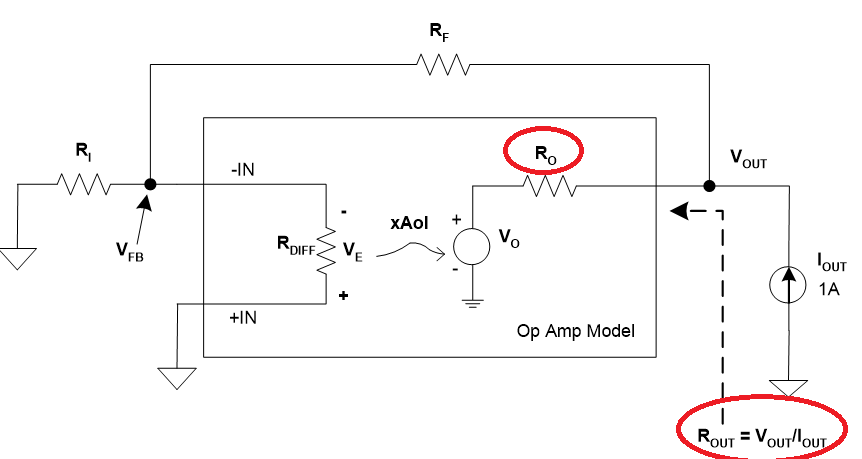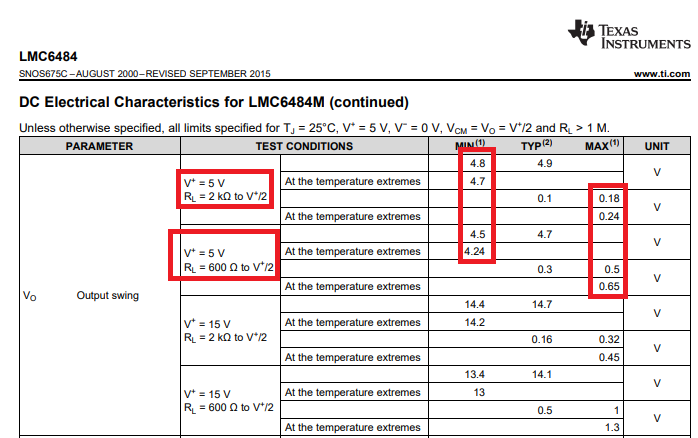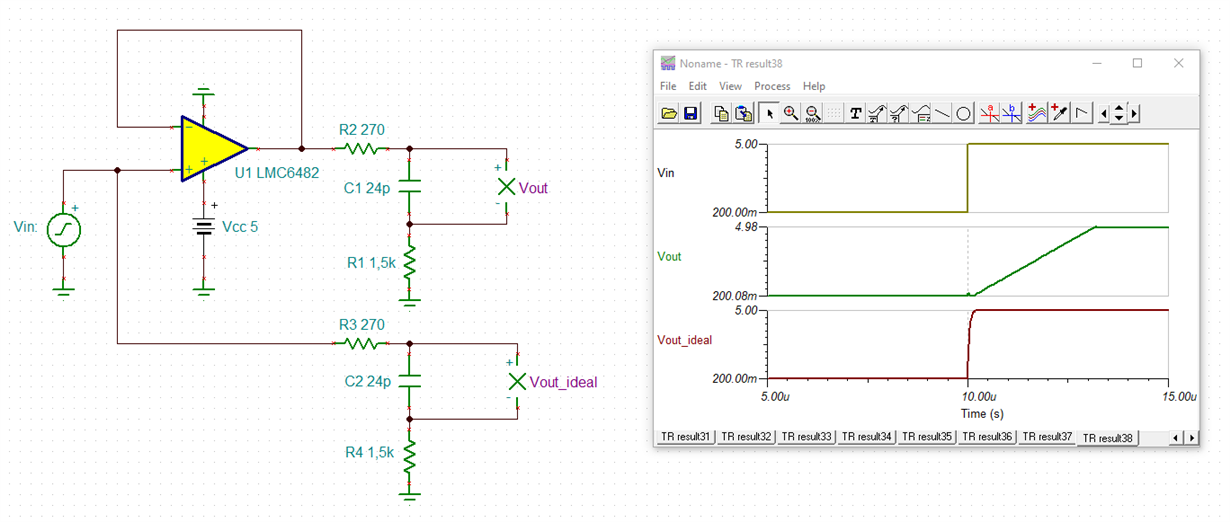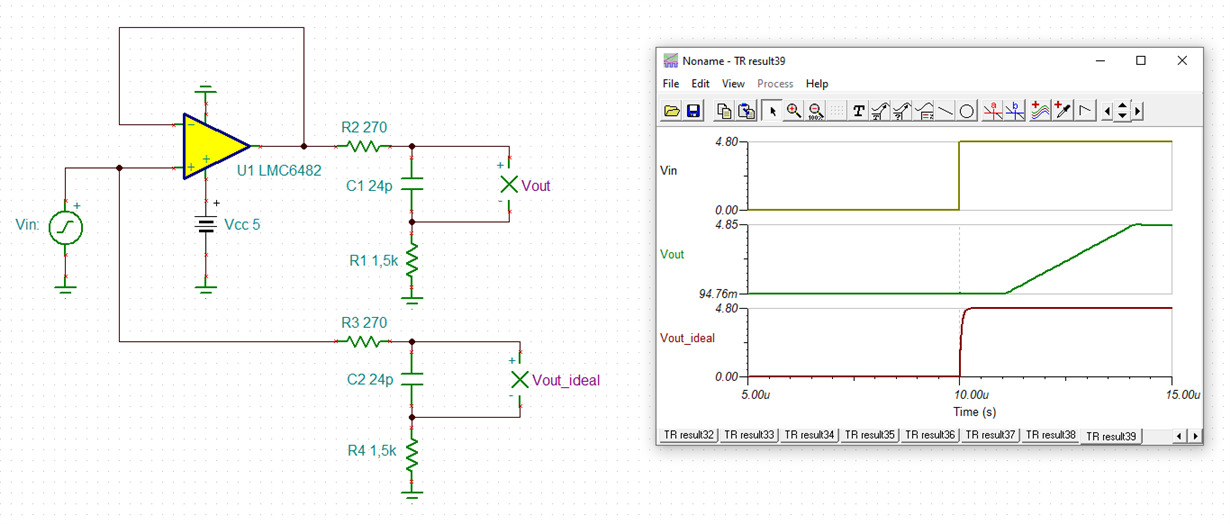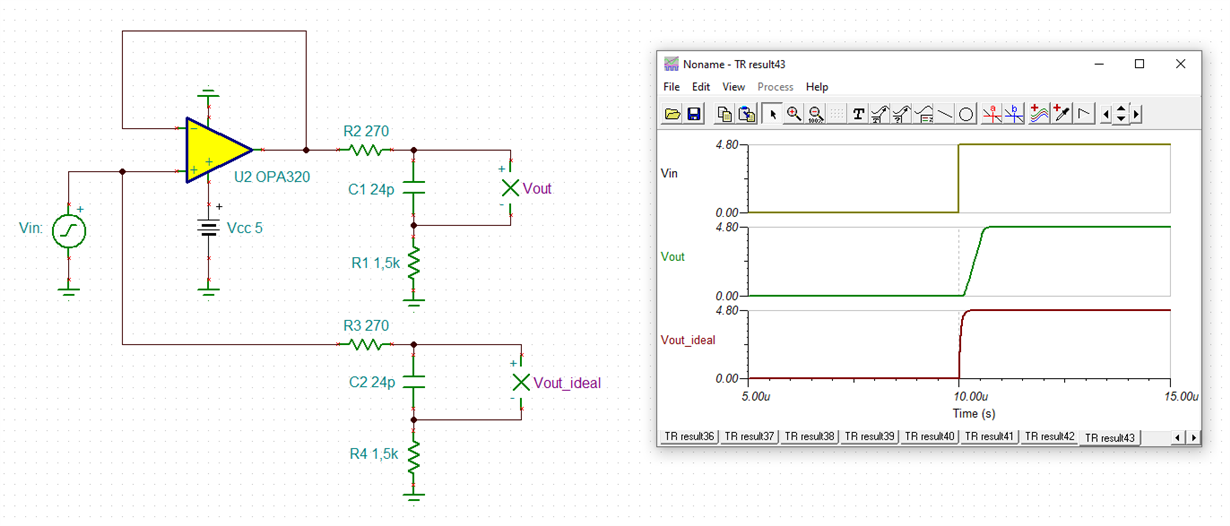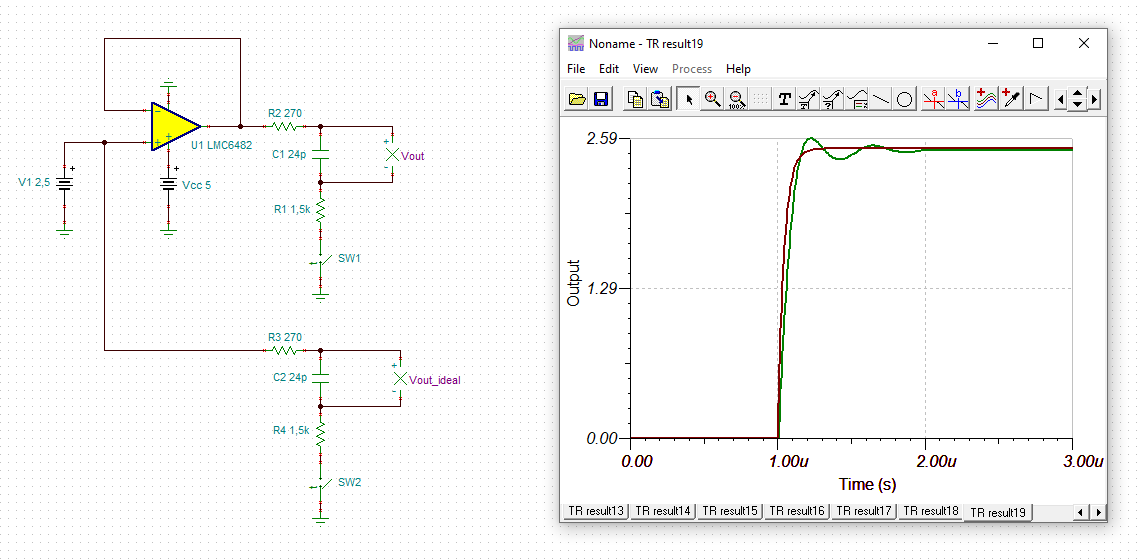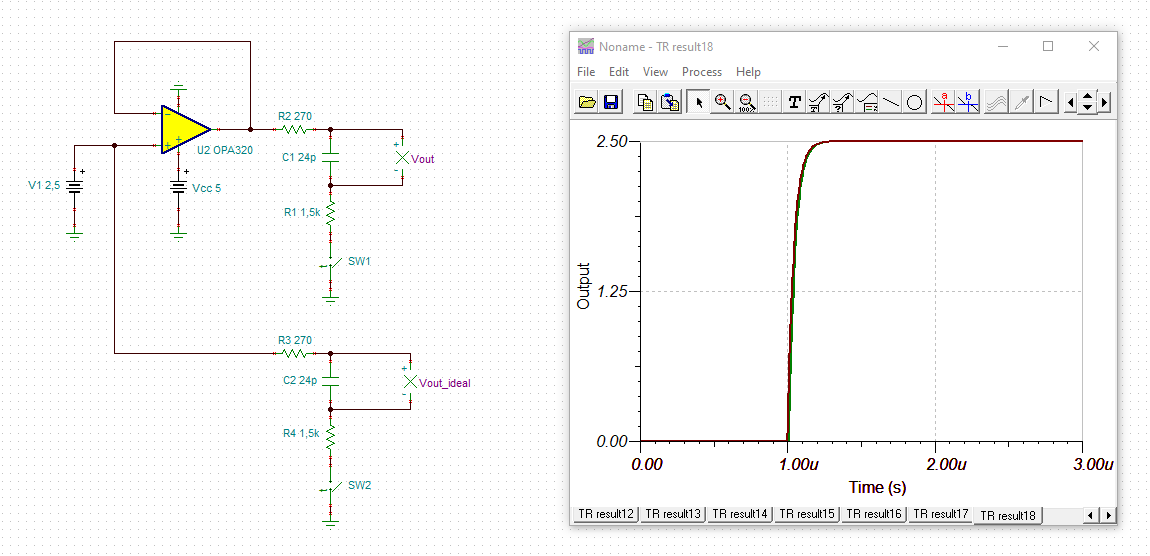Other Parts Discussed in Thread: OPA320, OPA325, LMC6482
As mentioned in a previous thread:
In our application we have configured the opamp as a follower and have 270 ohm seried resistor connected to the output to a successive approximation ADC. As the opamp reaches saturation the voltage at the output of the opamp (measured by ADC) is non-linear (lagging).
We are using a MAX1230 ADC from Maxim that specified input resistance should be limited to <300 ohms and I suspect that the opamp output resistance is exceeding this resulting in non-linearity on measurement. <300 ohms is required because the ADC contains a capacitor on the input that must be charged during TRACK/HOLD cycle so that the input voltage is SAMPLED and measured correctly.
The LMC6484 opamp specifies approx. 110 ohms output resistance at Vs=5V. It was confirmed in previous thread that the effect we are seeing is a result of increase in output resistance as the opamp saturates.
We are now seeing this same effect but at lower input voltages, down to 4.4V. I would like to know:
What is the minimum voltage that we would should this behaviour?
Is there a different opamp that you could recommend to use to resolve this problem?



